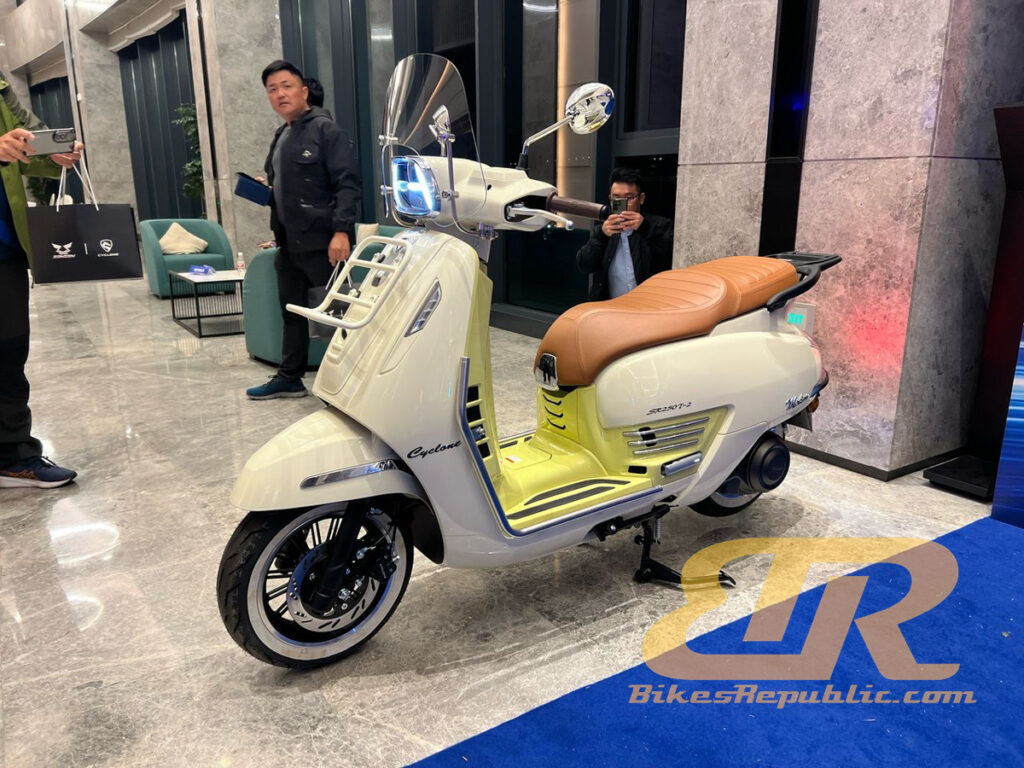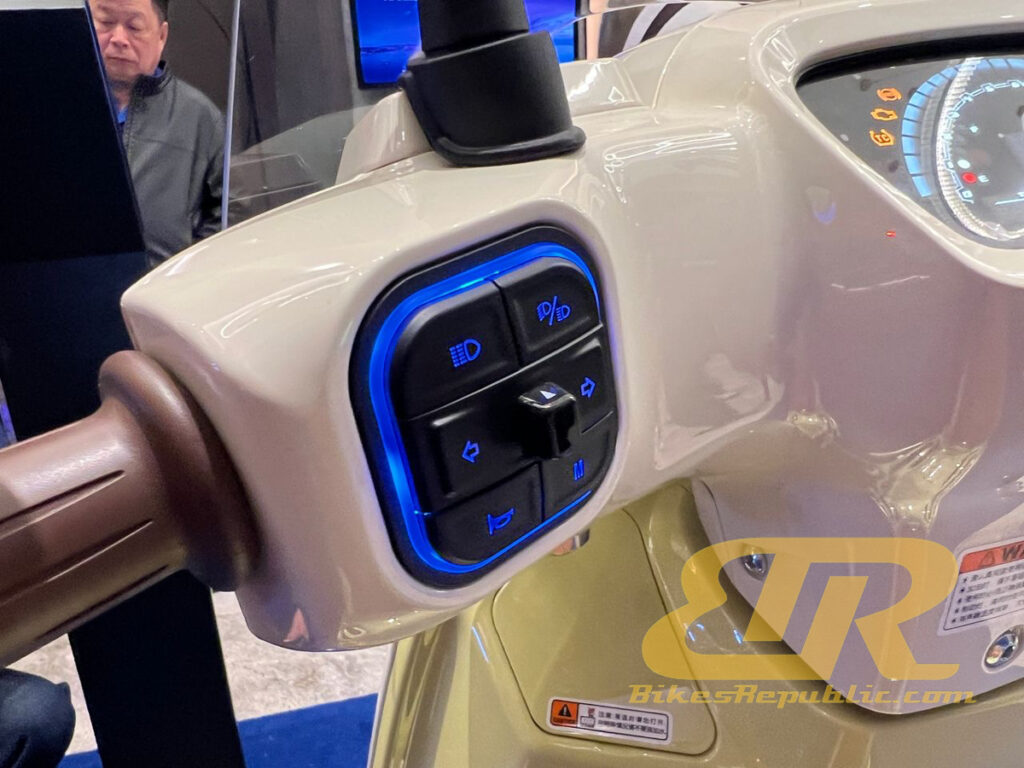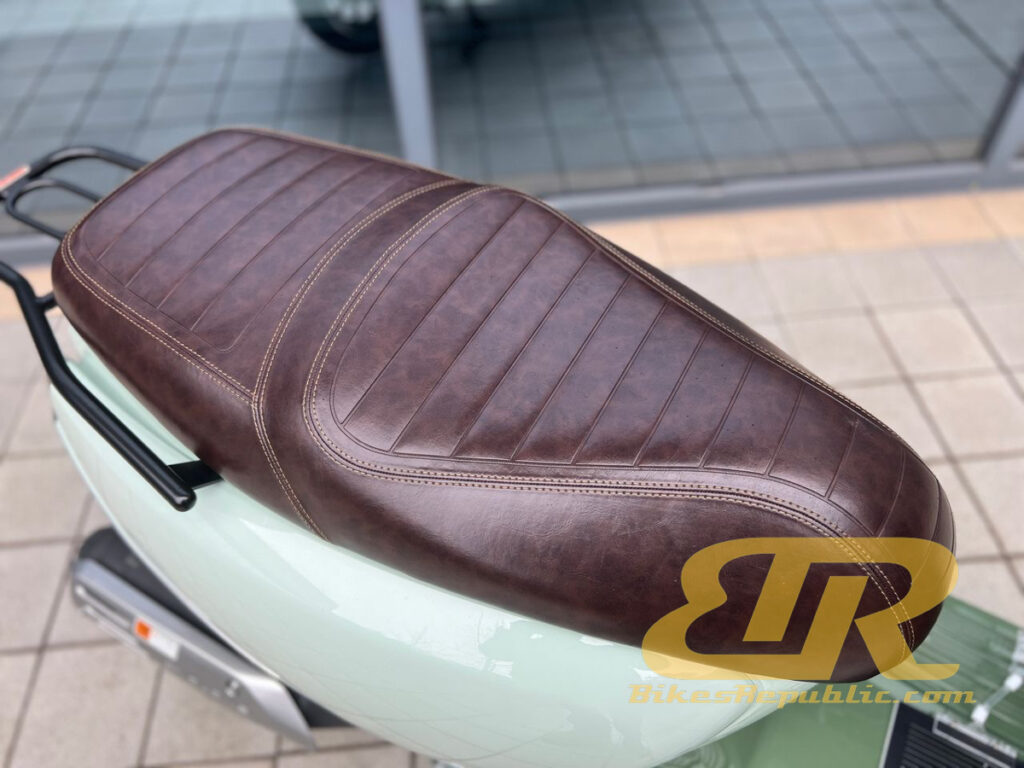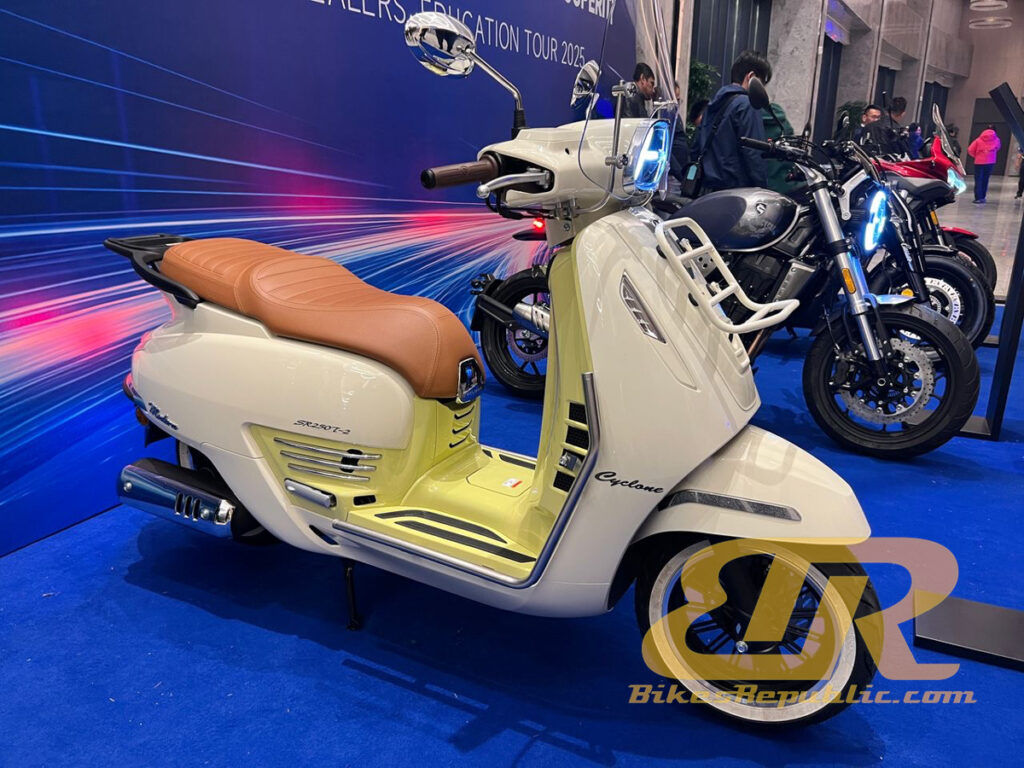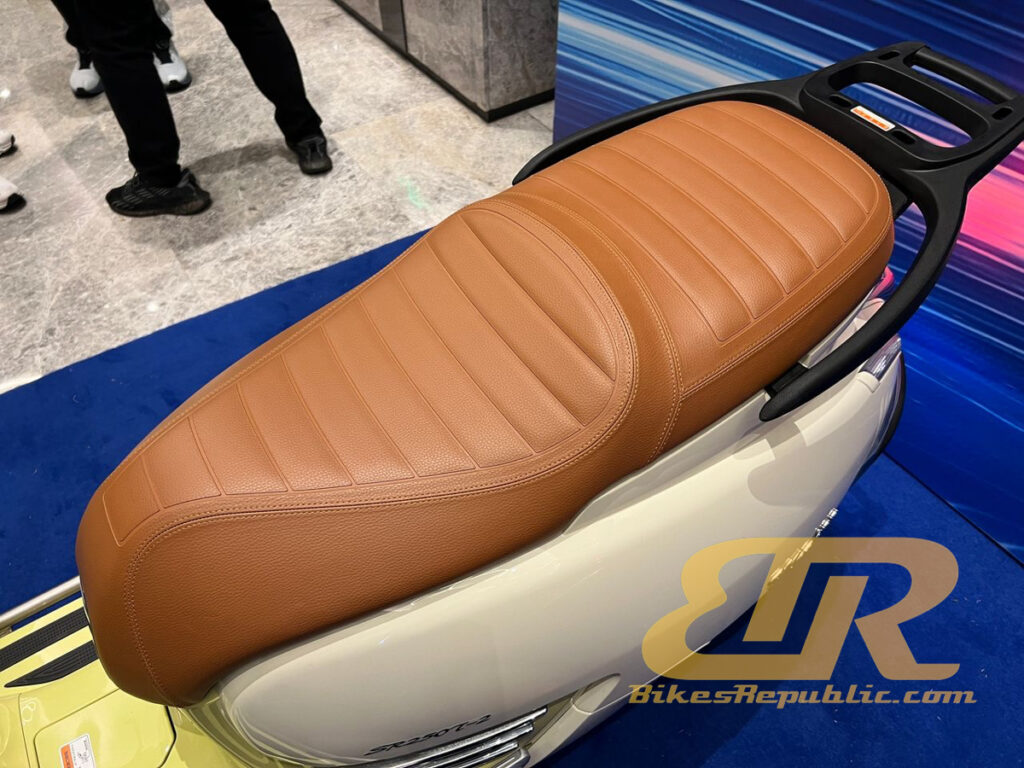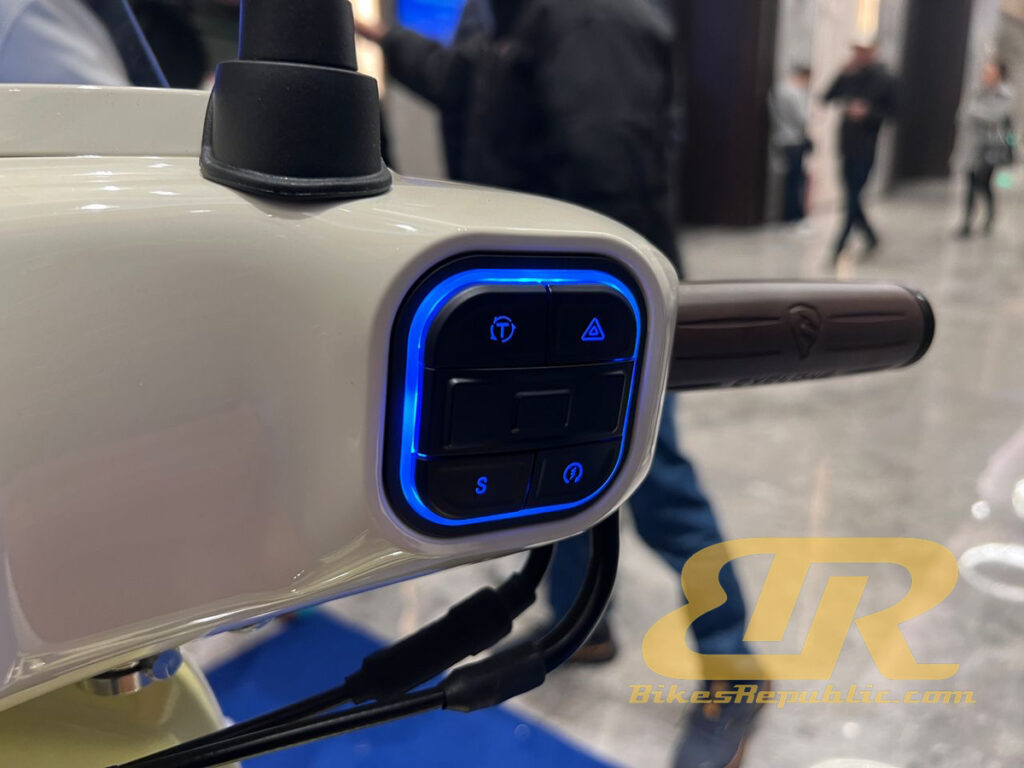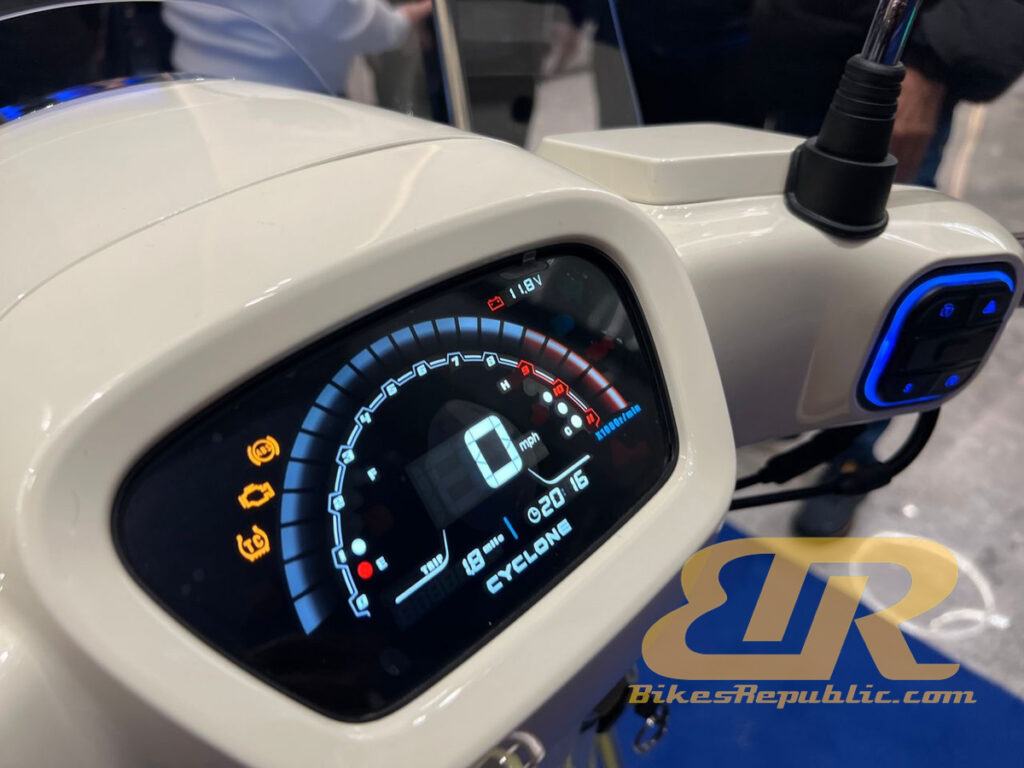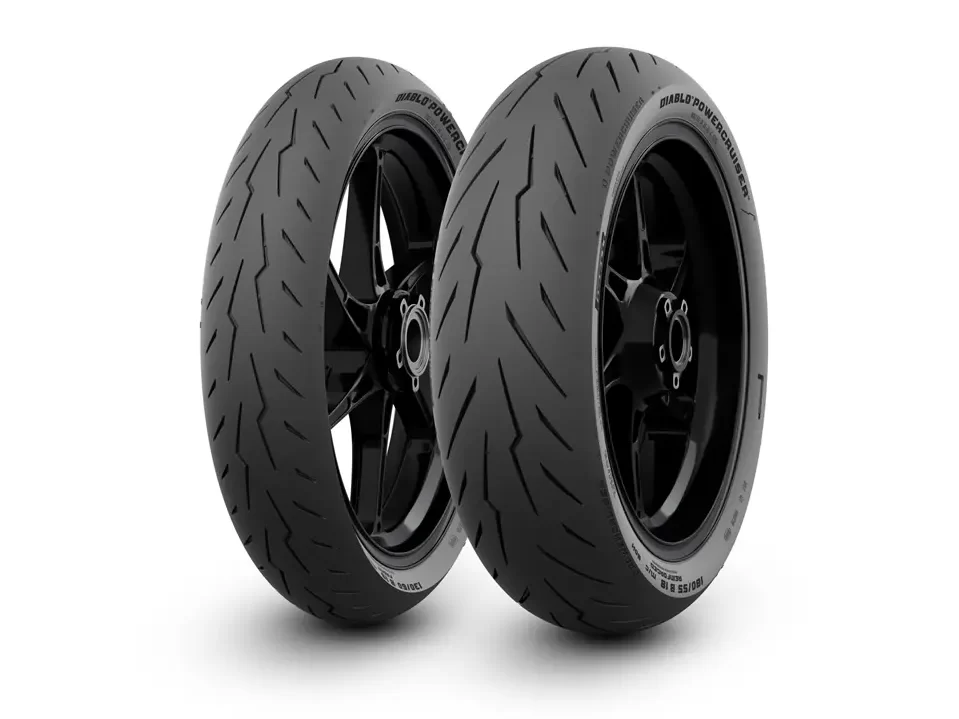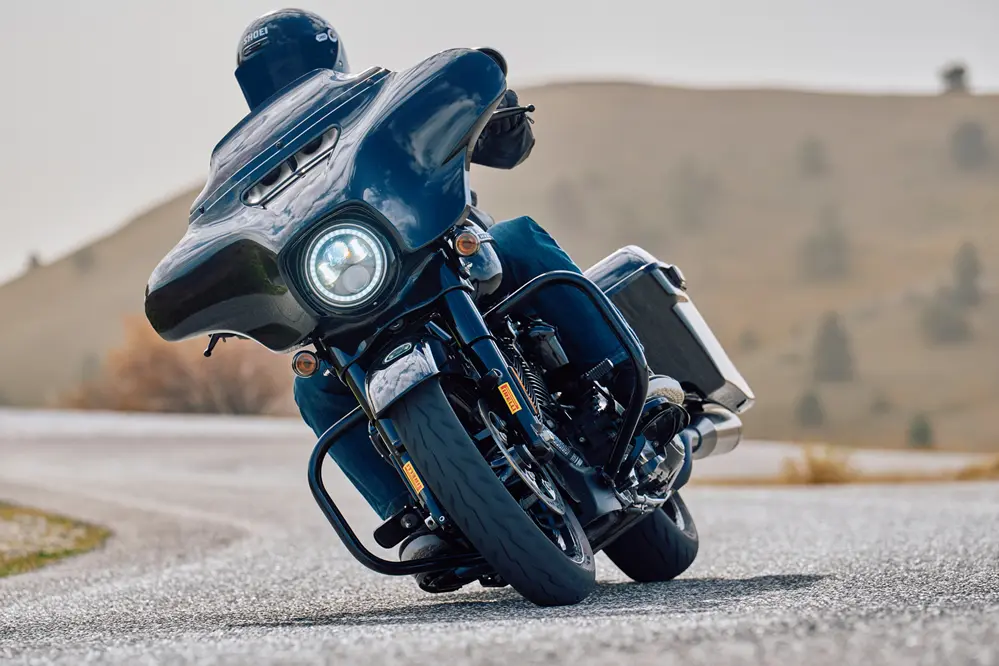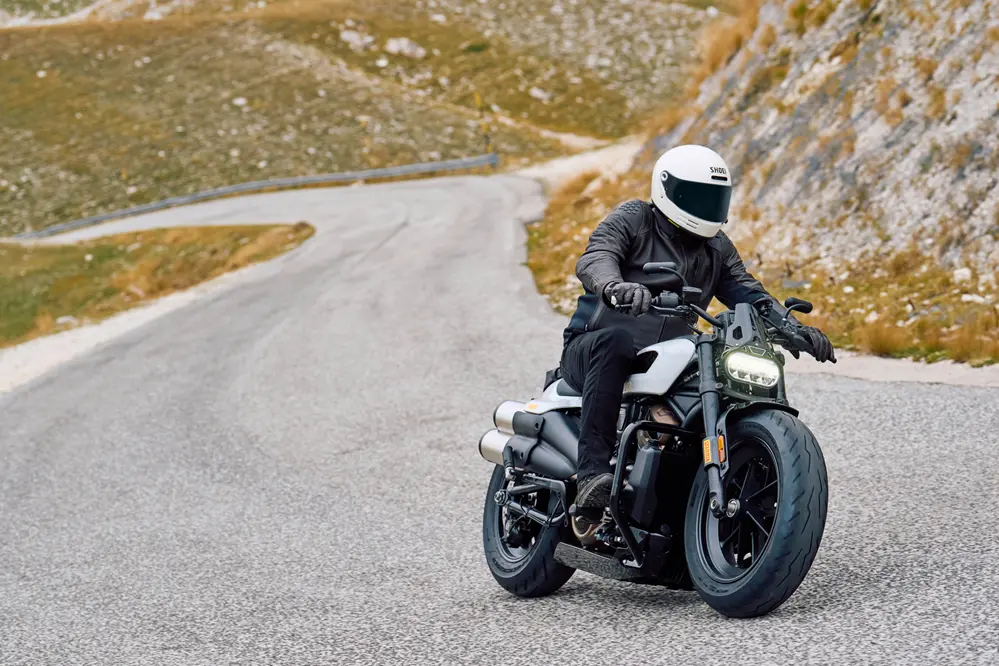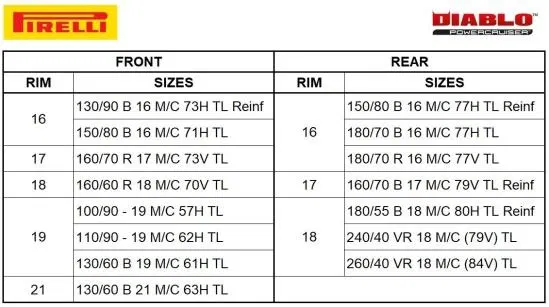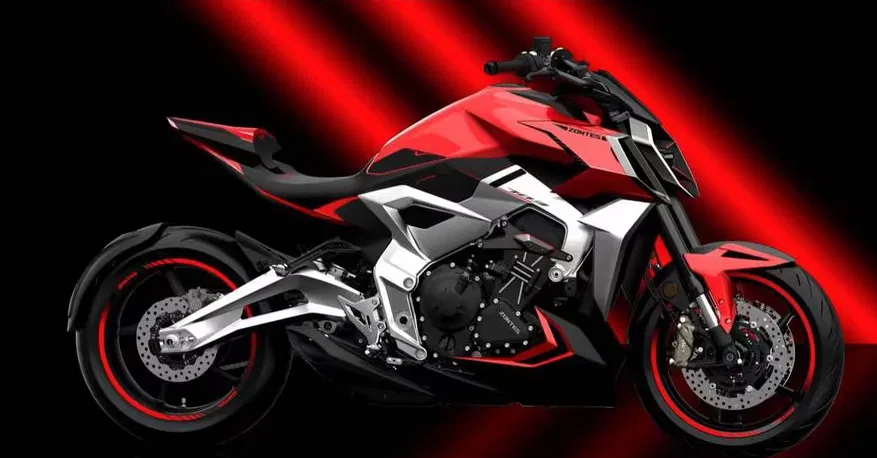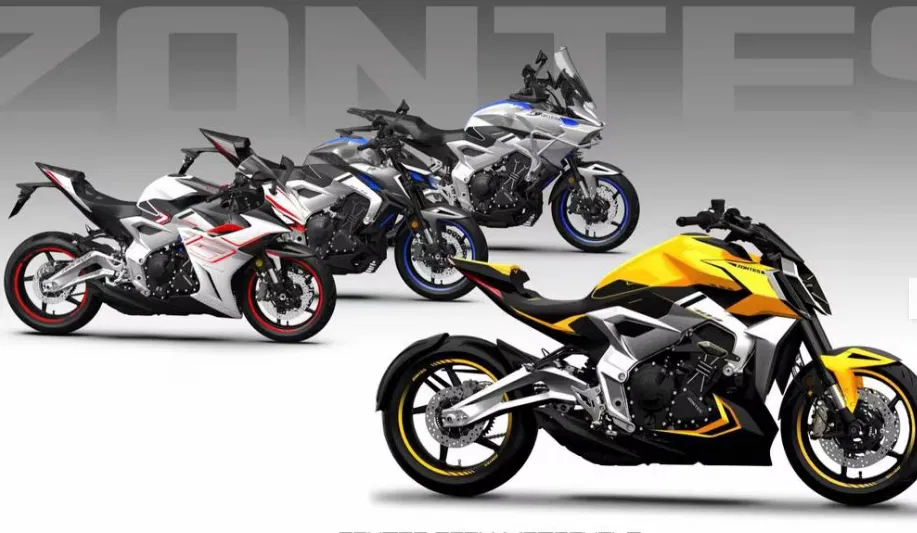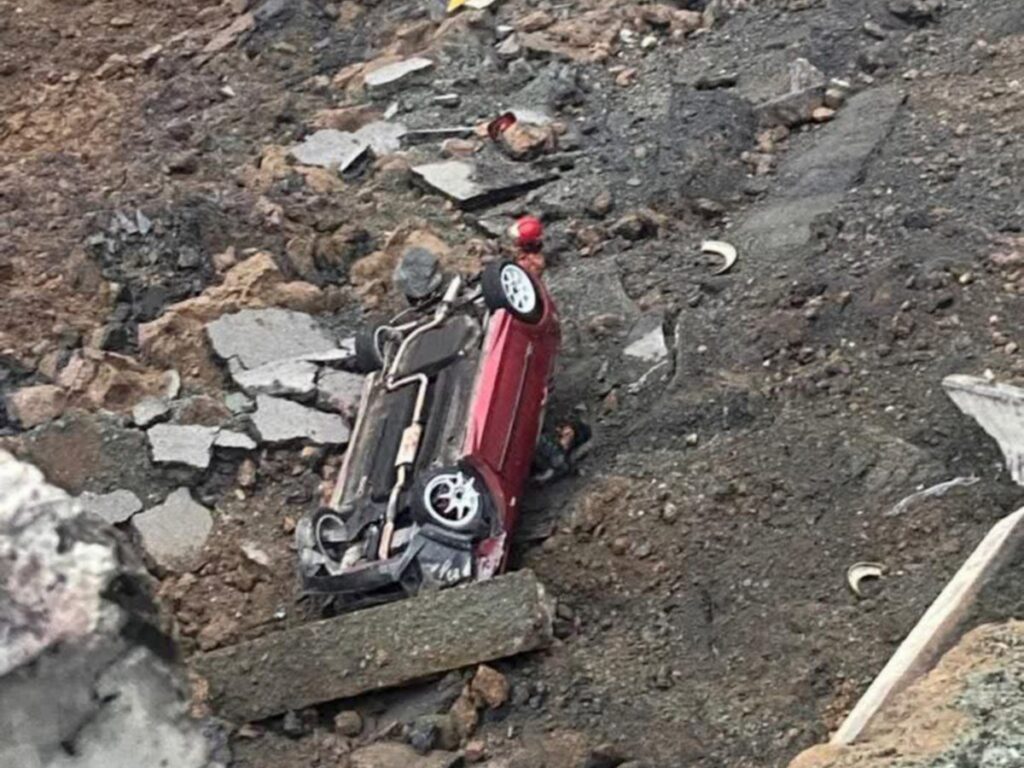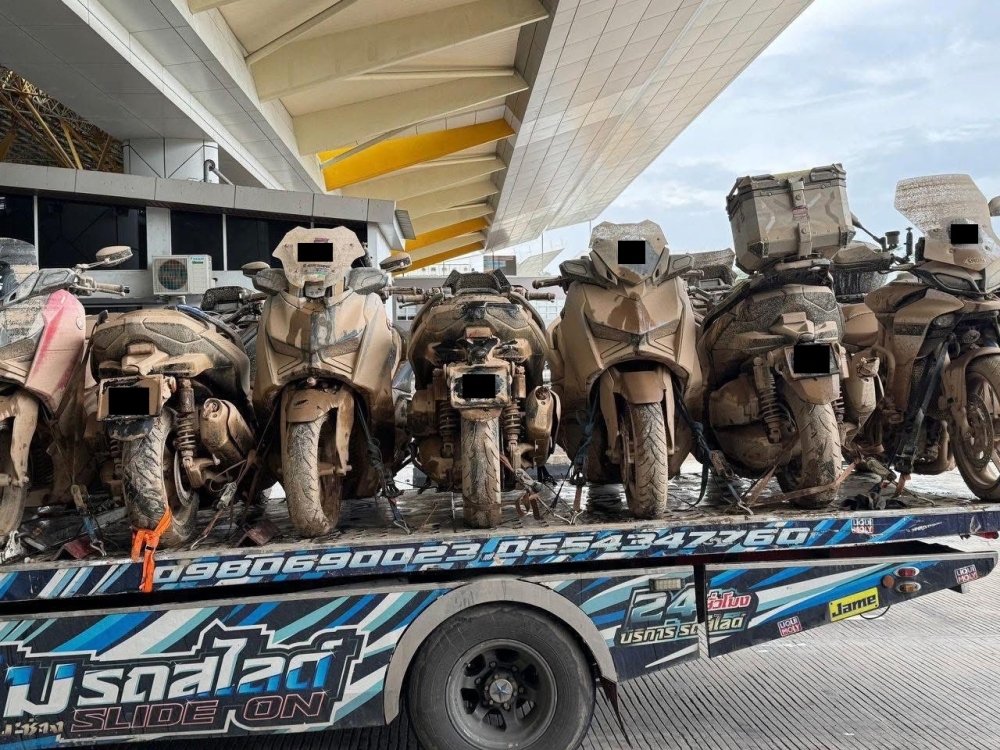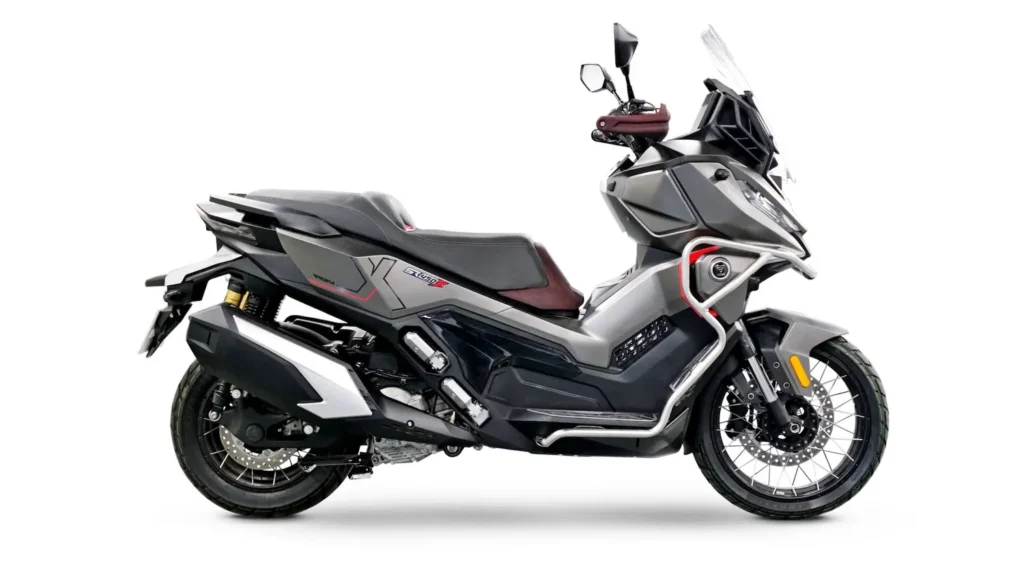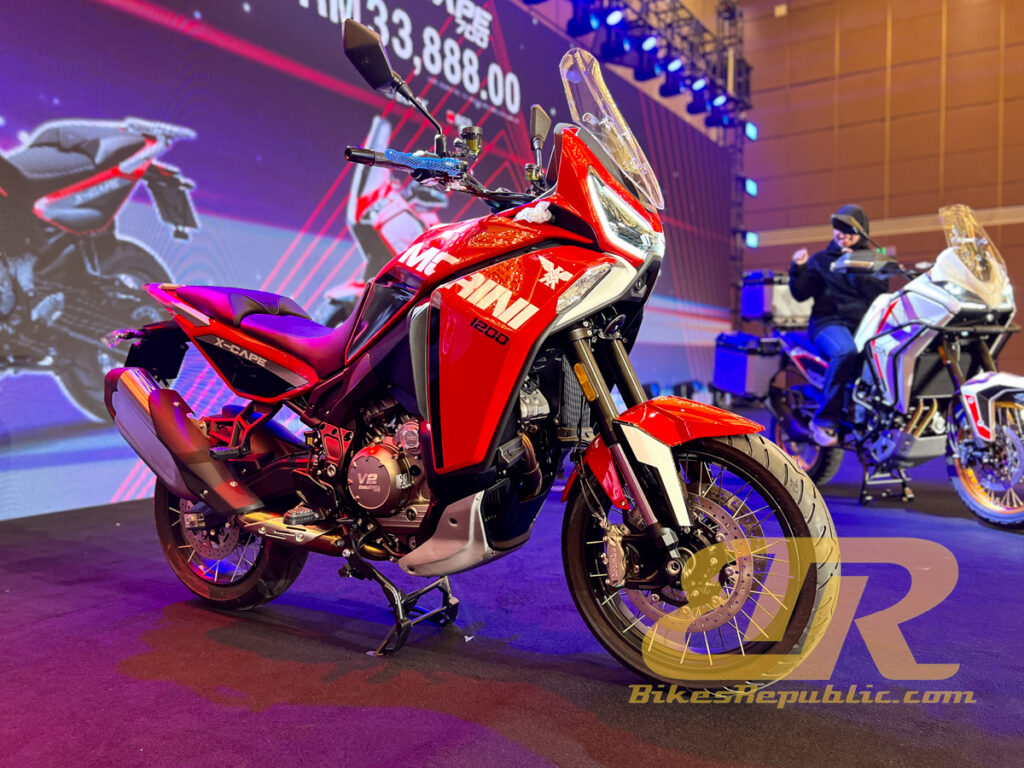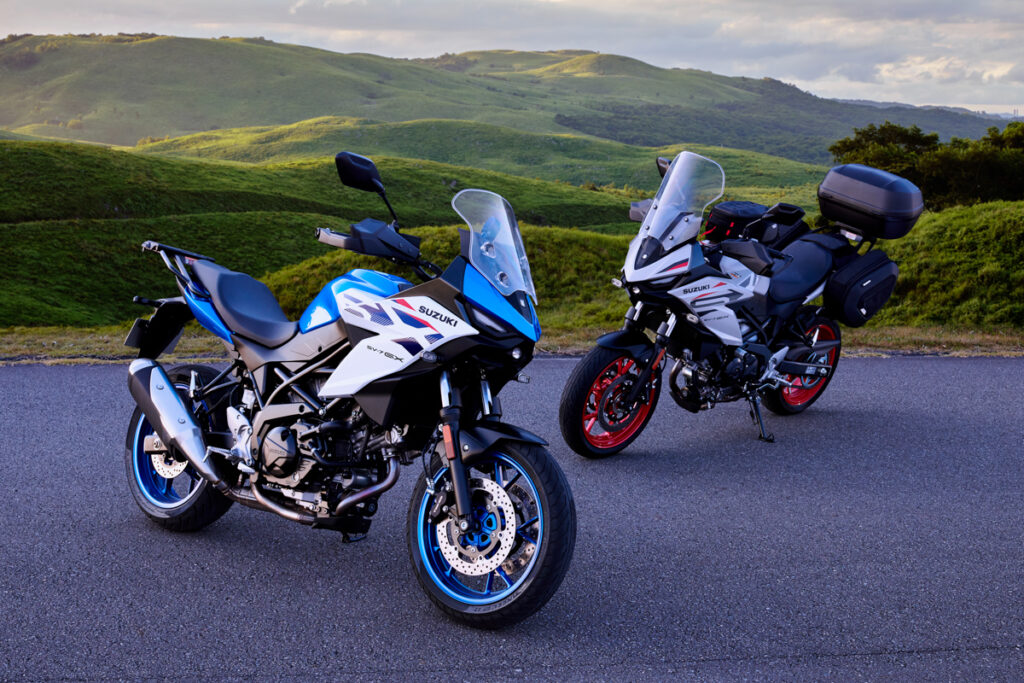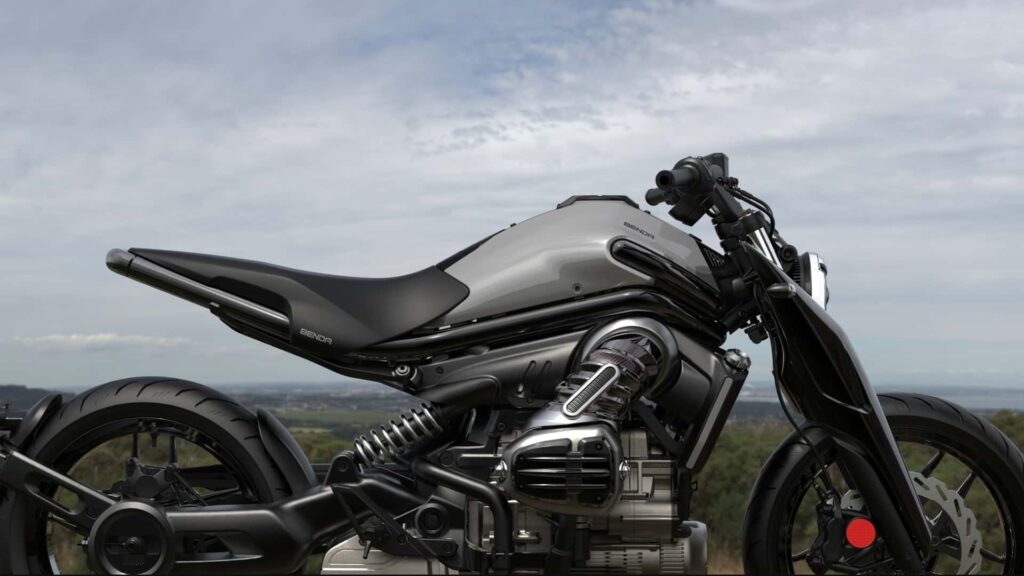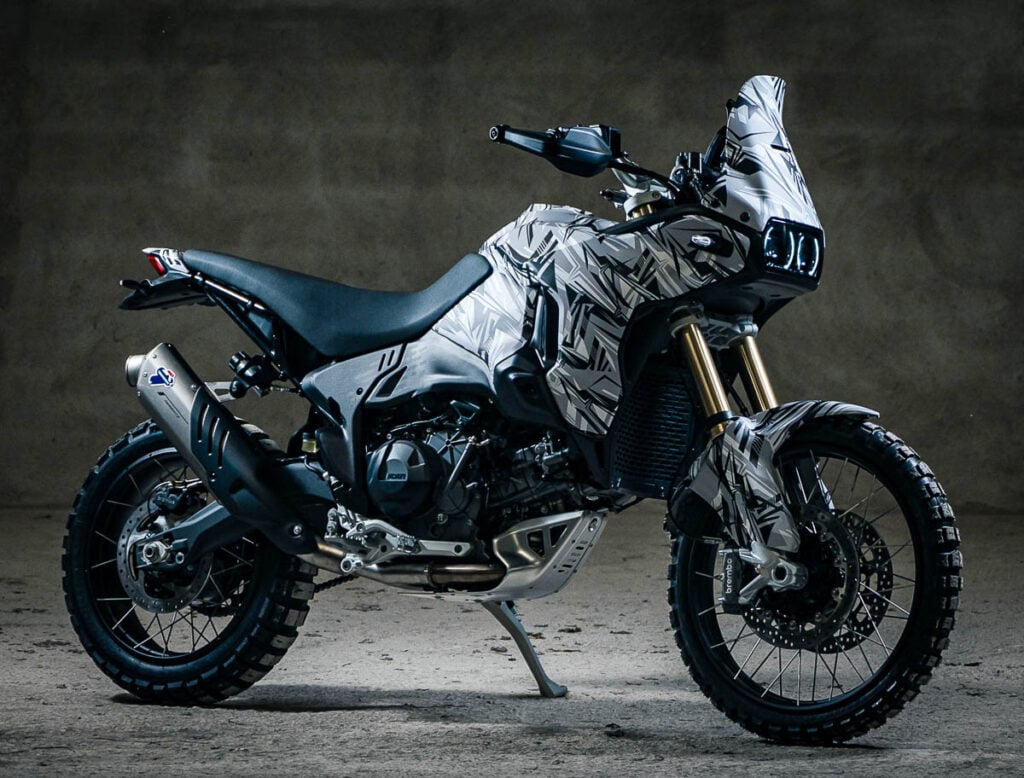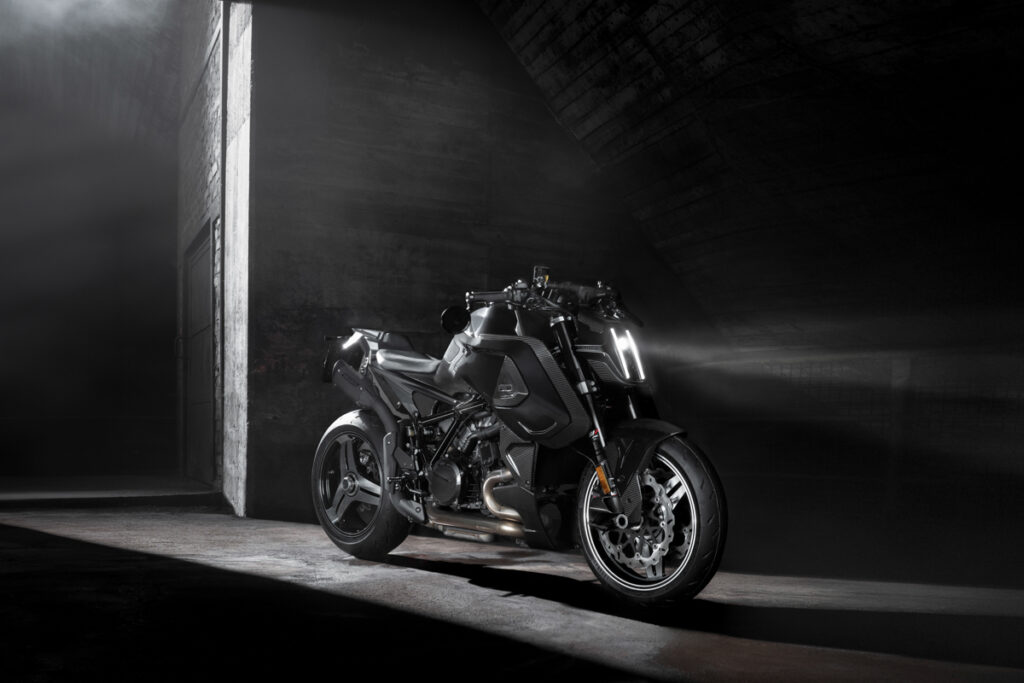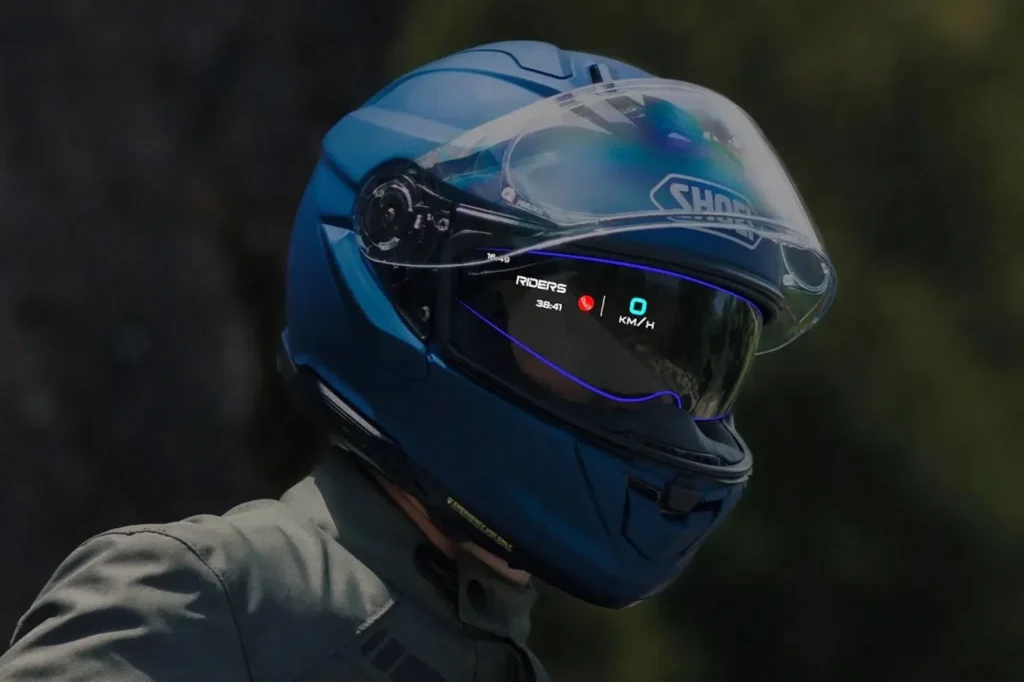X-Wedge, the super cruiser brand from China is heading to Malaysia.
Unlike other Chinese manufacturers who build their businesses from smaller capacity motorcycles upwards, X-Wedge concentrates on cruisers with massive engines that are inspired by big cubed American V-Twins, albeit closer in look to Indian rather than Harley-Davidson motorcycles. X-Wedge made their debut on 9th September 2023 and is a subsidiary of the Huansong Industrial Group based in Chongqing, China who have in business since 1988.
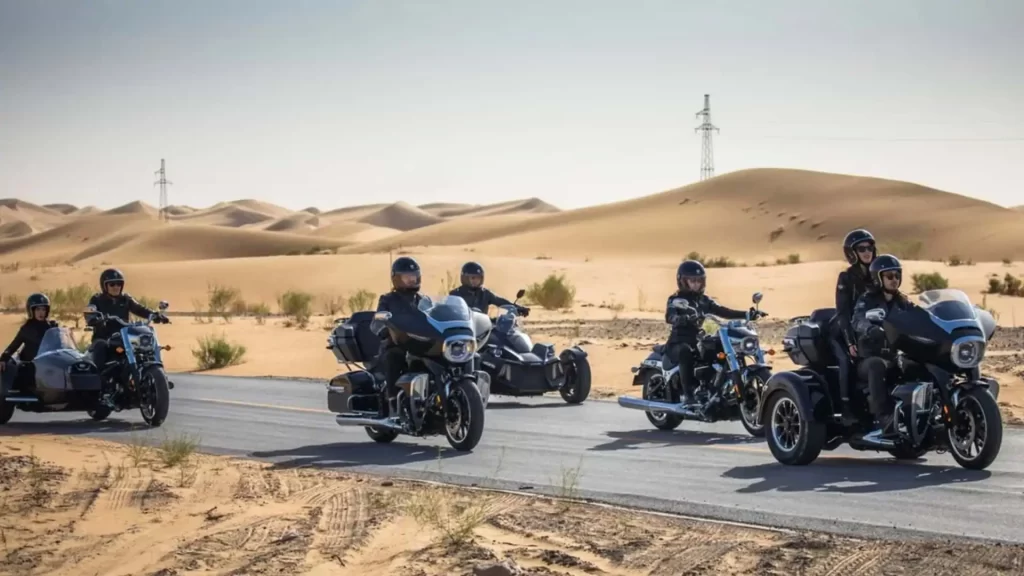
Their catalog is bolstered by a 5-model line up, with four utilising their sub-2000cc V-Twin engine. This monster engine is said to have been derived from S&S, the maker of performance V-Twin engines that grace custom motorcycle makers such as the now-defunct Titan and even Orange County Motorcycles.
X-Wedge’s ‘big block’ engine (our term to distinguish it from the smaller engine – Ed.) features rare, square dimensions of 108mm bore x 108mm stroke. You have 1979cc when multiplied by two cylinders. As per cruiser convention, the engine has OHV (overhead valves) that are activated by pushrods. It produces a claimed 103 HP at 5,000 RPM and 158 Nm of torque at 3,000 RPM. That is a cruiser powerband right there.
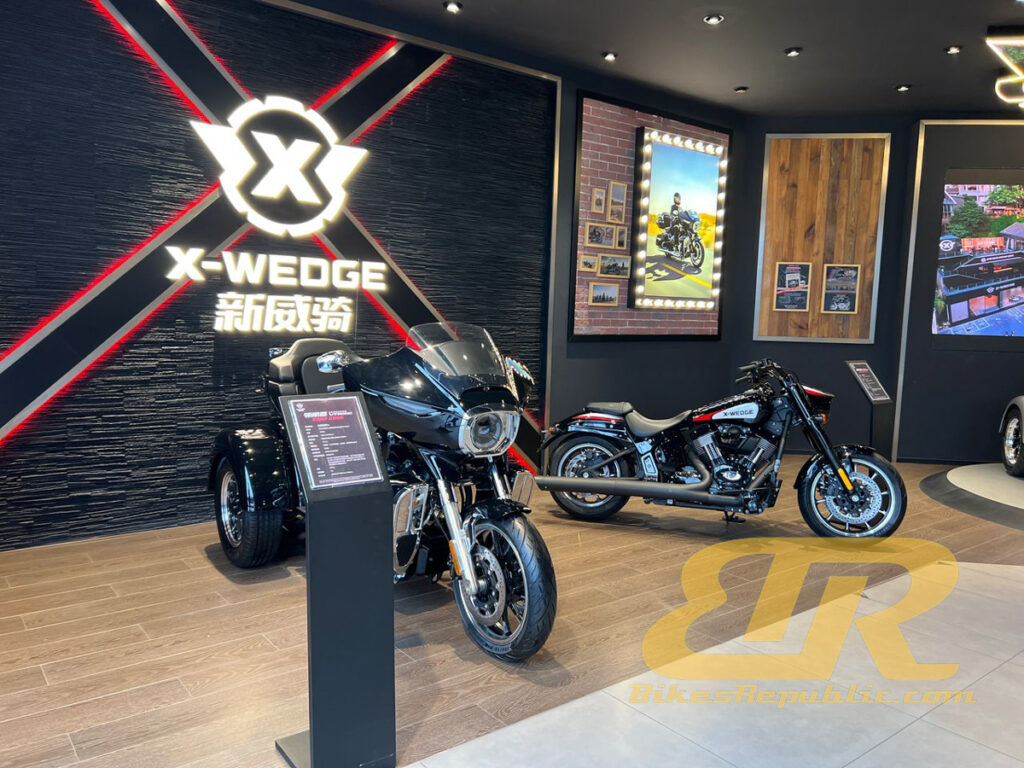
However, the compression ratio is rather low for a modern motorcycle at only 9.75:1. Could it be that the manufacturer is thinking of forced induction or increased stroke by themselves in the future, or an avenue for customers to do so? Maybe. Anyhow, that low compression ratio means you can run the bike on low octane petrol, so no problem if you ride to some remote location.
Also, no less impressive is that X-Wedge already has a large aftermarket and lifestyle collection. Their main concept store also includes an Ace Café.
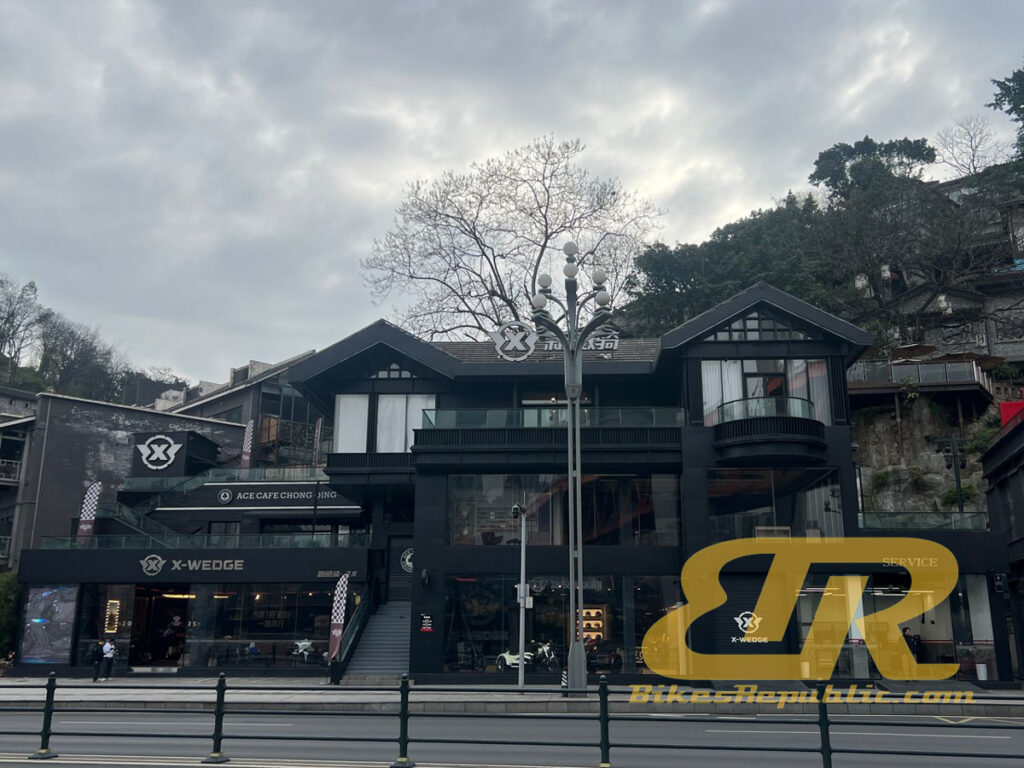
X-Wedge model range
Let us take a look at their line up.
Ranger RX2000
Starting from the basic cruiser is the Ranger RX2000. It features an unmistakable low-slung and a long wheelbase, hardtail look, with several modern touches. The one in our picture show a sportier paint scheme but the company’s website shows a bike with plenty of chrome. It is powered by the ‘big block’ engine. Fuel is carried in an 18-litre tank and the bike weighs 350 kg.
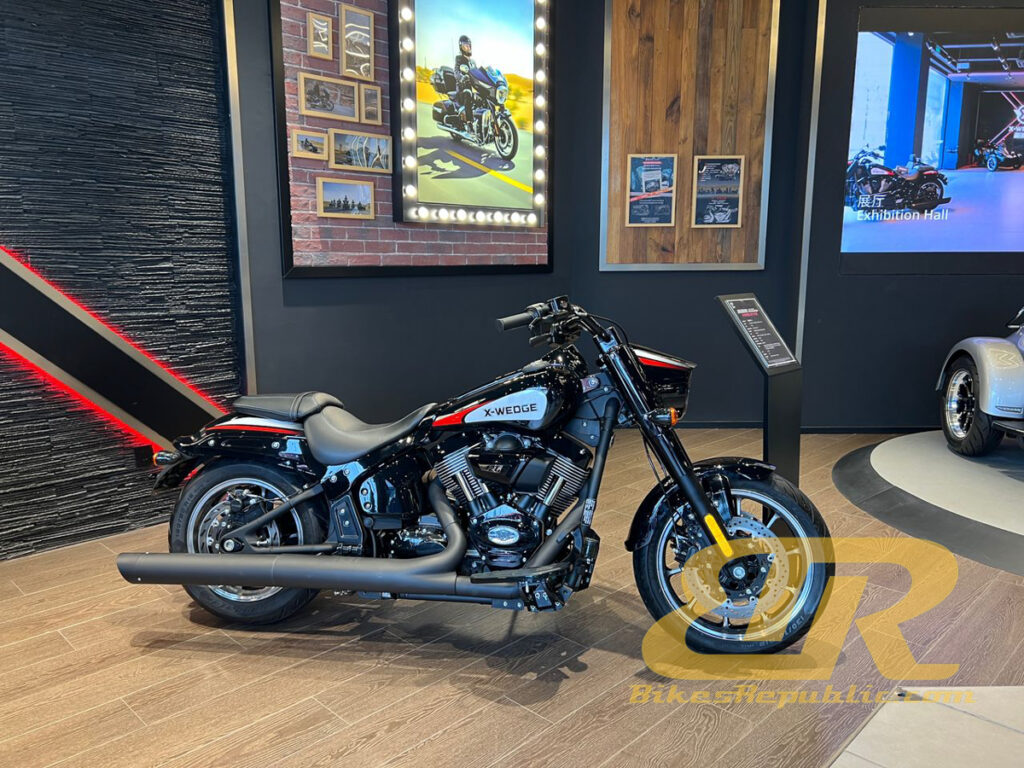
Rover RL2000
This is the touring variant based on the Ranger. It is complete with a large upper fairing, leg shields, footboards, side cases, upper case with passenger backrest and arm rests. It has an 18-litre fuel tank and weighs 420 kg.
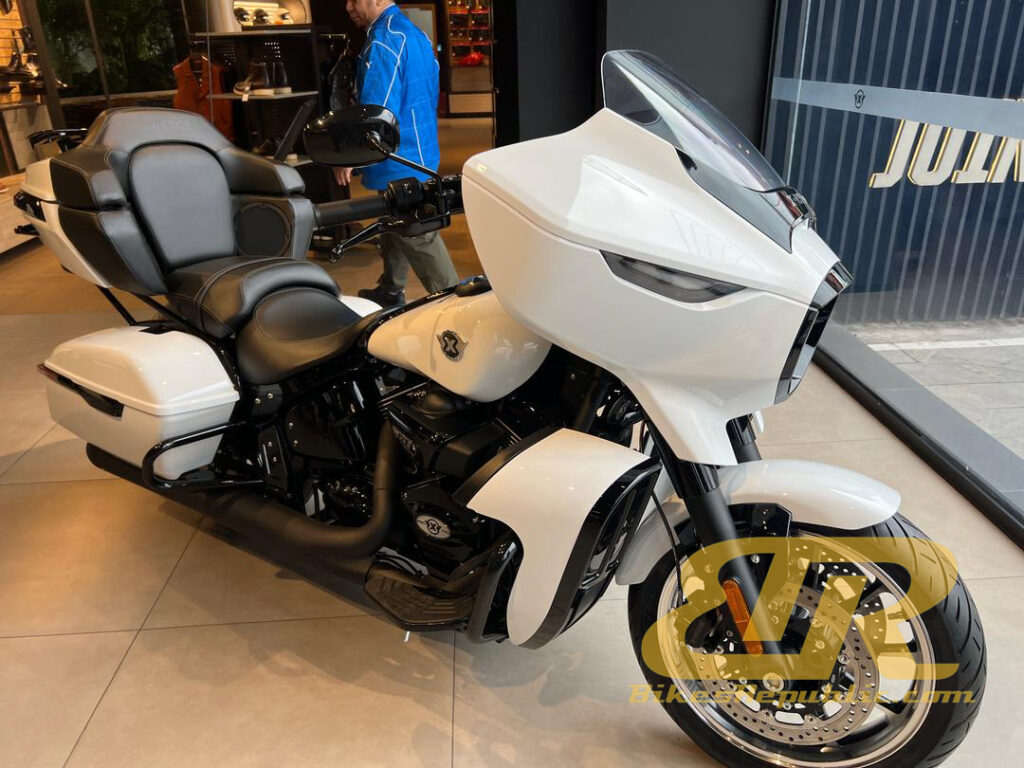
Vanguard VT2000
This is based off the Rover RL2000, but with two rear wheels, making it a trike. As with the other two, it uses the ‘big block’ engine, has an 18-litre tank and weighs a whopping 505 kg.
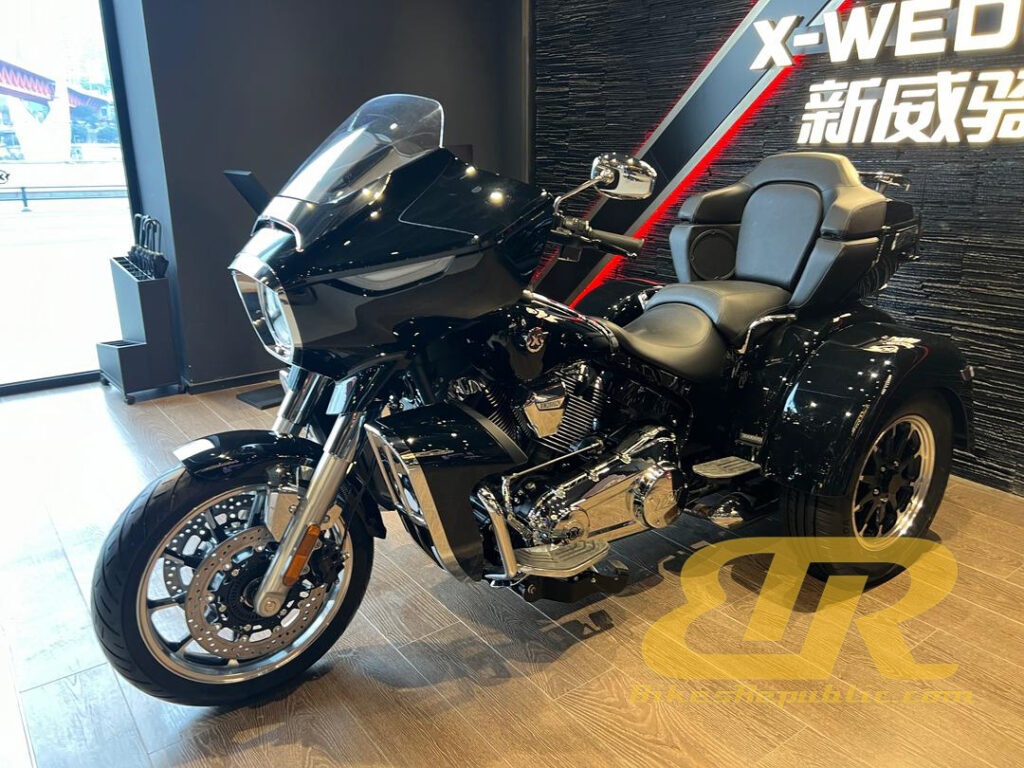
Voyager VS2000
It is basically a Ranger RX2000 with a sidecar. As such, it shares the Ranger’s specifications. Weight is claimed at 490 kg.
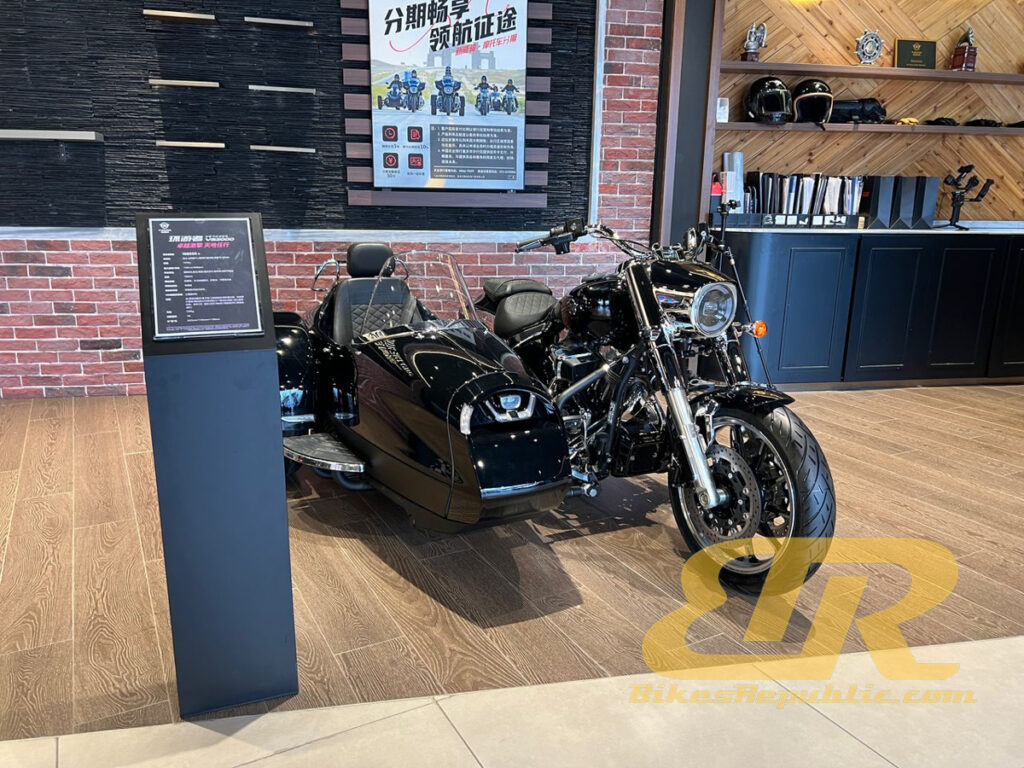
Walker WR1000
The Walker WR1000 features a complete break from the other cruiser conventions, featuring a futuristic look and two front wheels like the Cam-Am. It is powered by a 121 cubic inch (975cc) V-Twin which produces 81 HP and 80 Nm of torque. Power is delivered to the rear wheel via a belt, after going through a CVT. And yes, it has a reverse gear.
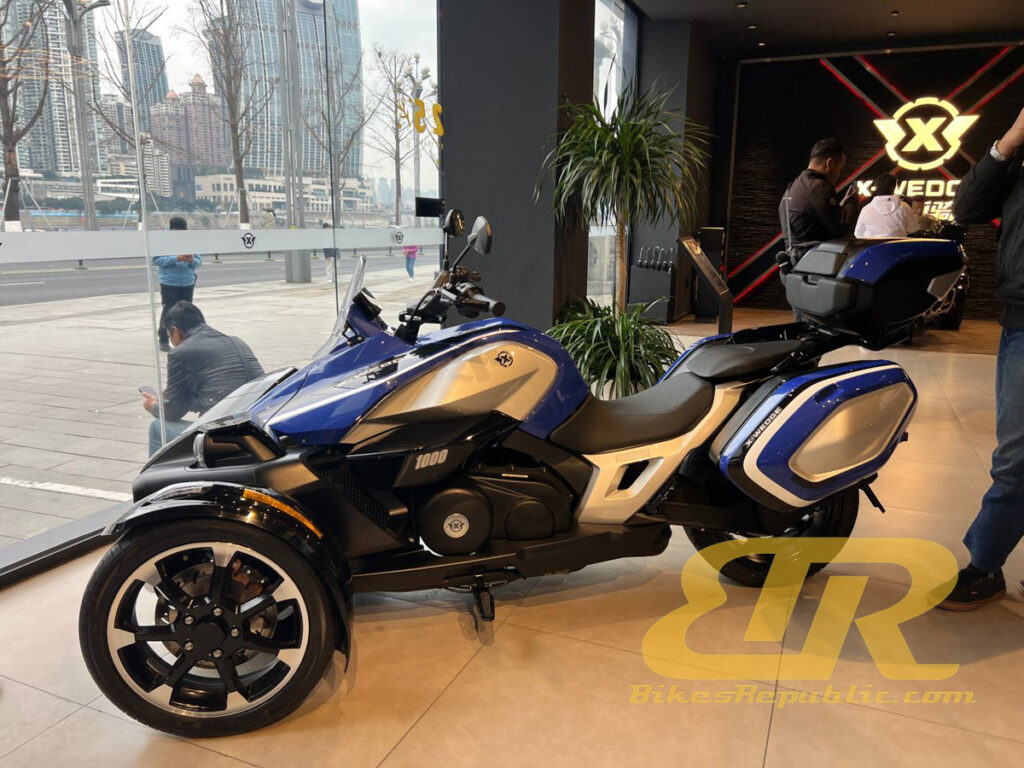
Models headed to Malaysia
We found out that the three models headed to Malaysia are the Ranger RX2000, Rover RL2000, and Vanguard VT2000. All three will be Completely Knocked Down and assembled here, hence the attractive starting price of around RM 90,000. The local distributor, MForce Bikes Sdn. Bhd. plans to open concept shops in Kuala Lumpur, Penang, Sabah, and Sarawak.














































